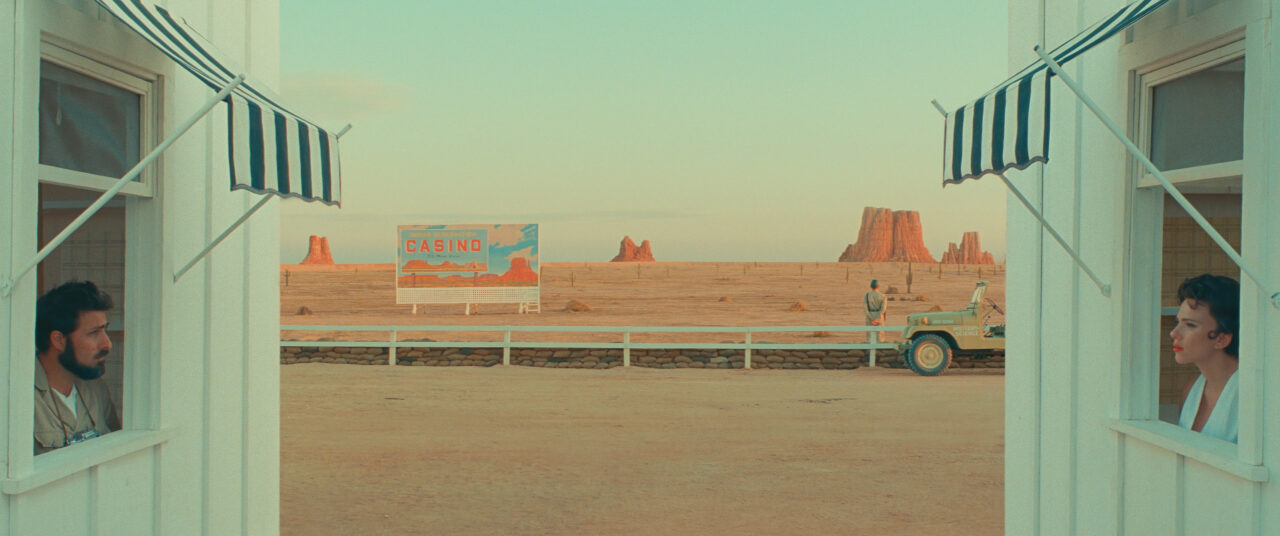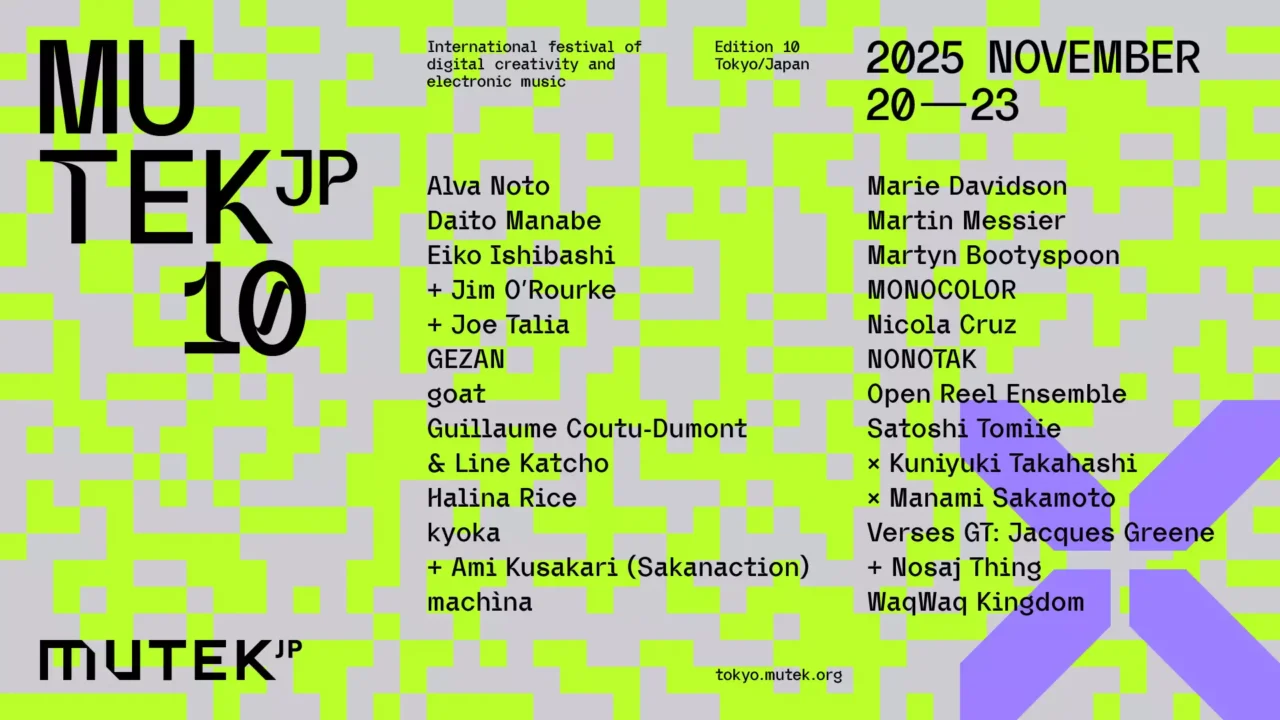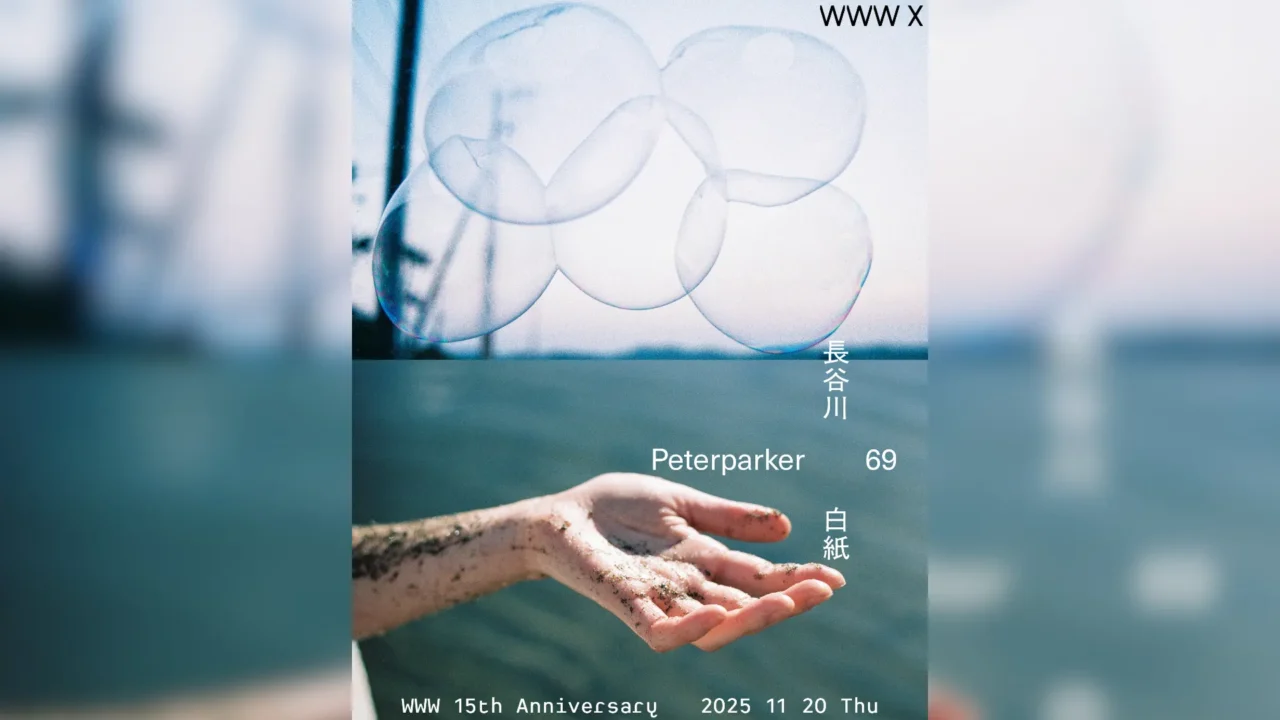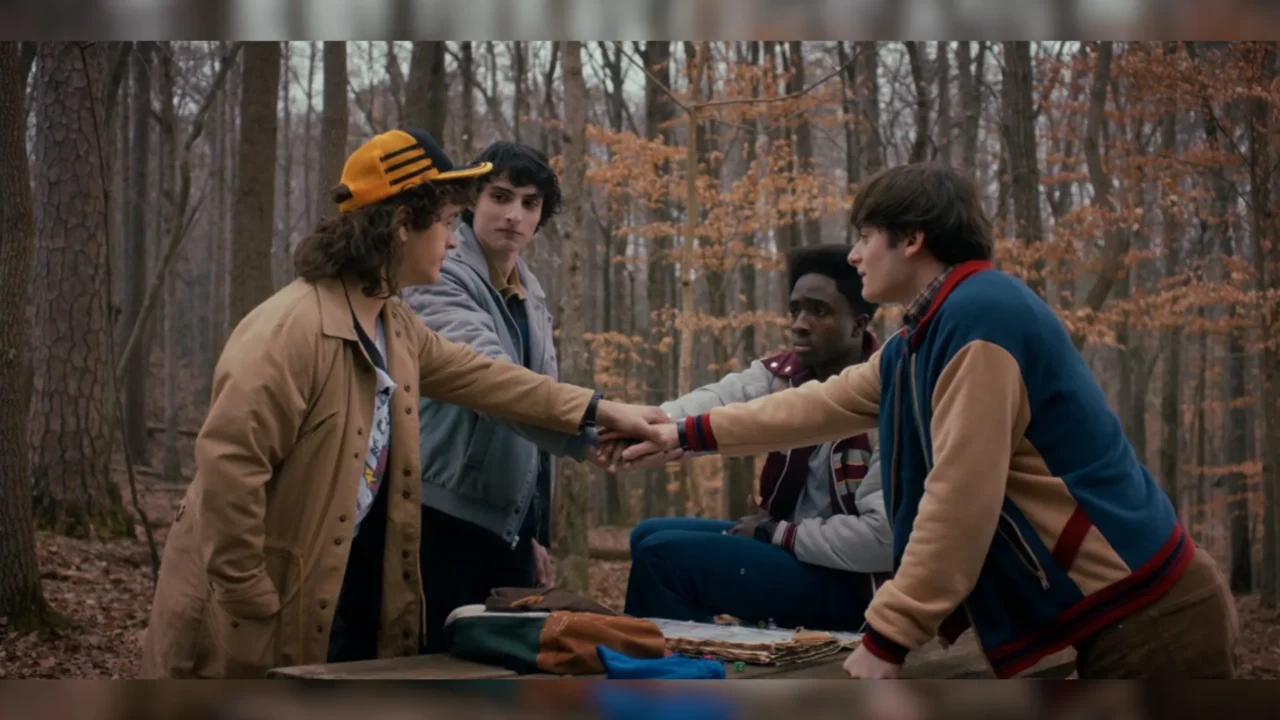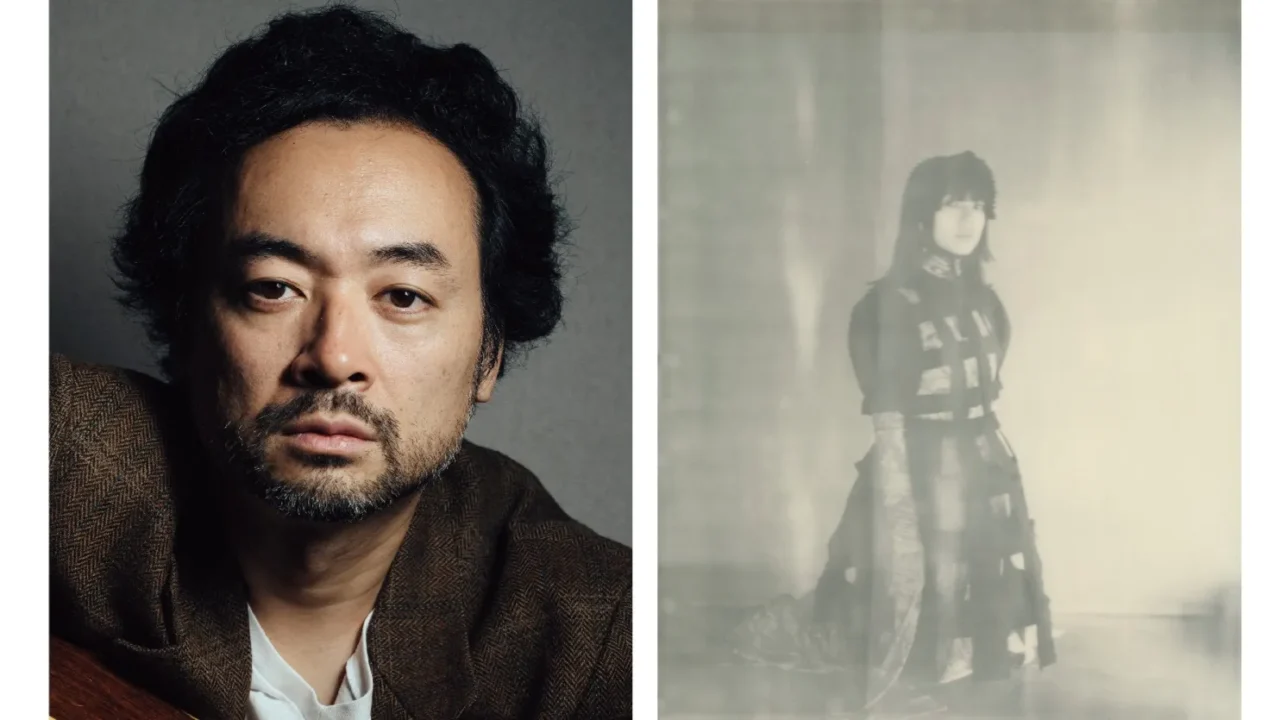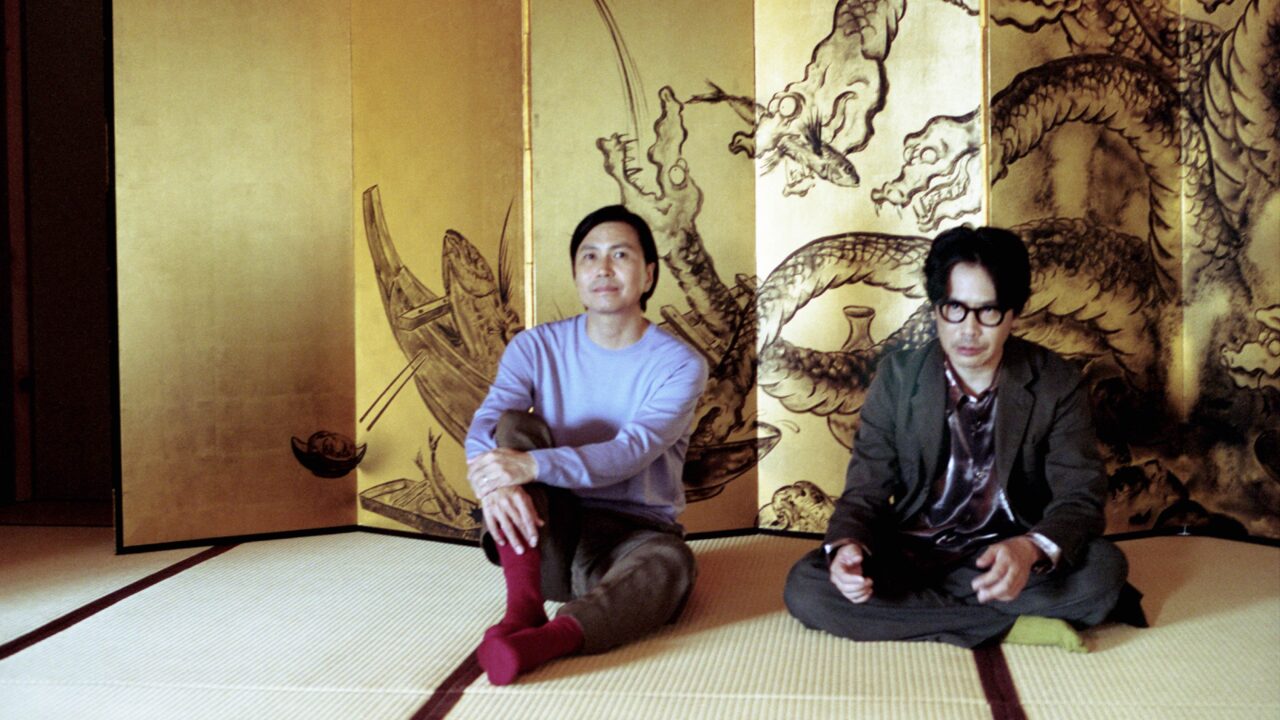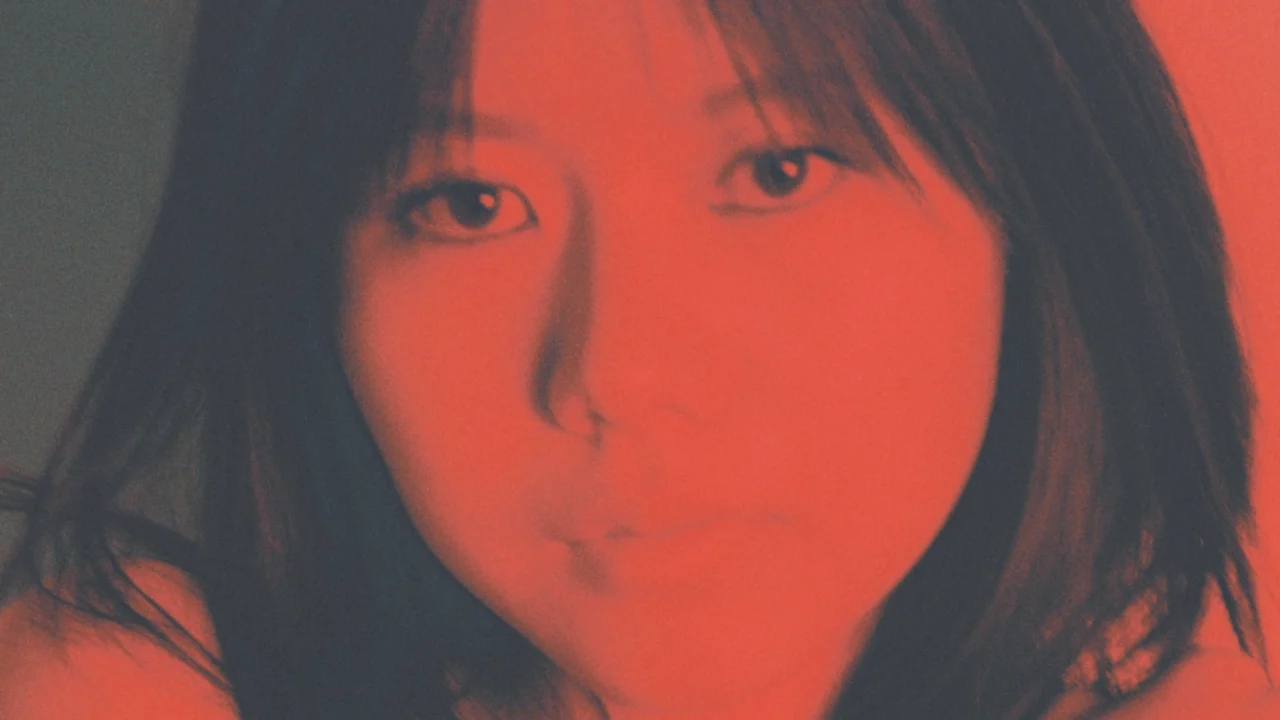INDEX
The music evokes “Atomic Cafe” and “Mars Attacks!“
Have you ever heard of the movie “Atomic Cafe”? It is a documentary film made up of a collage of newsreels and propaganda images that were massively circulated in postwar America, which was striving to develop nuclear weapons.
The film is also ironic (or more than ironic?) in its use of music. The film is also ironic (or more than ironic?) in its use of music. The film’s use of music is ironic (more than ironic?), as various well-known and unknown singers glorify the atomic bomb in their propaganda, and a large number of songs actually released in the postwar period were used. And one of the most prominent songs on the soundtrack, mixed in with the popular vocal stuff, gospel, etc., was the hillbilly type of music.
My first impression of “Asteroid City” was the sense of empty dread I felt when I heard the “patriotic” hillbilly songs used in “Atomic Café.” In other words, the previously mentioned “bright and wholesome at first glance, but behind the I mean, as I mentioned earlier, “at first glance it is bright and wholesome, but behind it is a sense of desolation and insecurity.”
Of course, Anderson and the poster did not overtly use the “atomic bomb song” mentioned above, but they did go to the trouble of including nuclear missiles in the opening song, “Last Train to San Fernando, However, the inclusion of nuclear missiles in the opening song, “Last Train to San Fernando,” and the multiple references to mushroom clouds caused by nuclear tests in the film make it tempting to speculate that the composer may have been aware of the strong catabolic effect of the country song in “Atomic Café.”
I may have been somewhat over-checking. However, this kind of dissimilarity in country music is a technique that has been practiced by not a few excellent filmmakers.
The most famous “oddly used country song” is Slim Hoy in Tim Burton’s “Mars Attacks! (1996), directed by Tim Burton, is Slim Whitman’s “Indian Love Call” (1952). The song is used in a powerful (and very important) way in the film, as an alien invader from Mars bursts his head open and dies from the unique frequency of the song when Whitman’s trademark sweet yodeling voice is played (as an aside, the song, as the title suggests, is based on an indigenous legend). (As a side note, if we consider that the song is inspired by a native legend, the “invaders” who burst their heads could be referring to the former invaders of the Americas, i.e. Europeans!) See
And this Slim Whitman version of “Indian Love Call” was also used in the film “Asteroid City” as the song played on the radio. Audiences who have seen “Mars Attacks! (Anderson’s belief that he had never seen “Mars Attacks! (It’s hard to imagine that Anderson has never seen “Mars Attacks!)

The cleverness of the Skiffle in creating a sense of fakeness
In addition, what caught my attention was the use of several skiffle songs. As mentioned earlier, “Last Train to San Fernando” is played to open the play “Asteroid City,” and Johnny Duncan, who sings this song, is more of a British trad artist than a genuine bluegrass artist (although he was born in the US). The singer of this song, Johnny Duncan, was not a genuine bluegrass artist (although he was born in the U.S.), but rather a musician who moved to the British traditional jazz scene and found success in the skiffle craze.
The term “skiffle” was originally used to refer to a specific acoustic band style in the U.S., but after Lonnie Donegan became popular as a “skiffle singer” in the late 1950s in the U.K., the term “skiffle” was used to refer to a specific acoustic band style in the U.S., but it was not until the late 1950s that the term “skiffle” was used to refer to a specific acoustic band style in the U.S. After Lonnie Donegan became popular as a “skiffle singer” in the United Kingdom in the late 1950s, the term became established as a generic term for acoustic music that combines traditional jazz, folk, jug band music, blues, rock and roll, hillbilly, and other styles. Hence, the term became a generic term for music with a fluctuating (loose?) musical definition. (Although few listeners nowadays are aware of the exact type of music).
The same can be said for the skiffle-like cover of “Freight Train” by The Chas McDevitt Skiffle Group and Scottish folk singer Nancy Whisky that plays in the end (first half of the song), which is very British in its bravado. (The original song was written by Elizabeth Cotton, a black folk singer.)
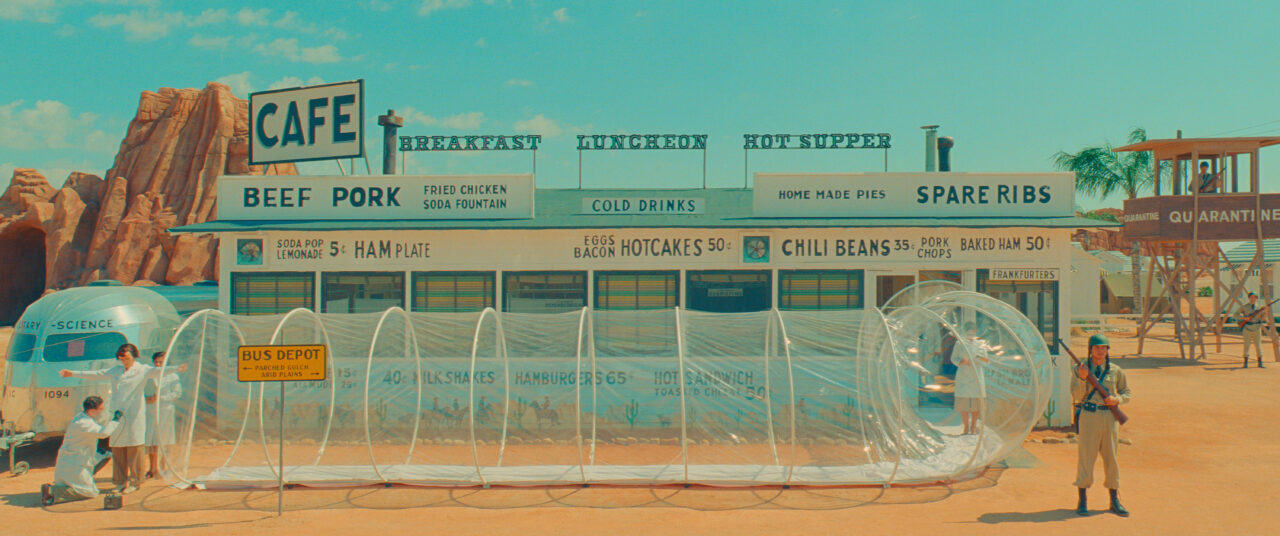
What I’m trying to say is that to my ears, which have a certain fondness for hillbilly and country music, the use of these English skiffle songs inevitably sounds “fake” when compared to the setting of the American Southwest in 1955. Don’t get me wrong, I don’t mean to make narrow-minded nitpicks like, “That’s why this film’s use of music is bad. On the contrary, I think that this “fake” look fits well with the production trend of the film and, on the contrary, creates the “chemical reaction” that Anderson mentions in the interview at the beginning of the film, which ultimately accelerates its dramatic effect.
The film seems to be “real,” but the fakeness peeks out at the very last moment, and before we know it, we, the audience, have been deceived by the fascination and invited into the world of rich artificial beauty. Such polished fakery in Anderson’s films, intricate rhythms, impossible screen shifts, and the beauty of excessively detailed screen compositions seem to be connected to the fascinating use of somewhat dubious music in this film (I won’t go into detail because it would be too long, but that’s what I mean). (It’s a long story, but it makes sense that Les Baxter’s exotic music, which depicts an “imaginary paradise,” is used in this film.)
